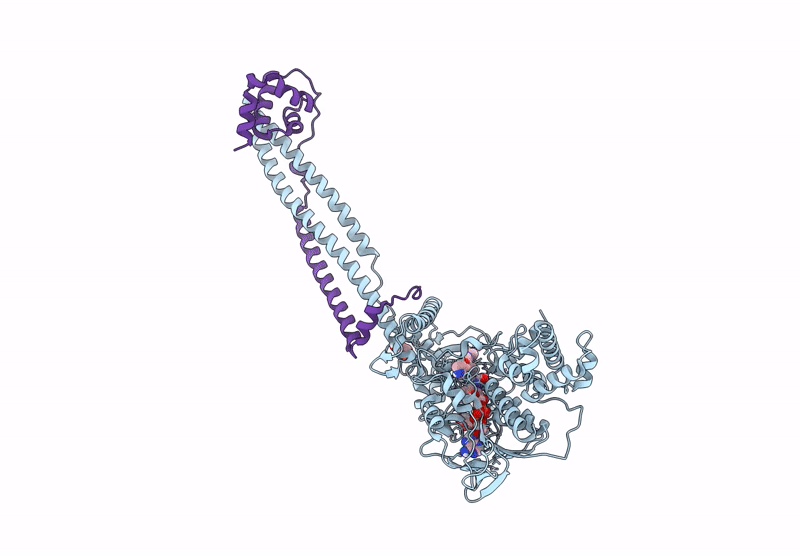
Deposition Date
2024-08-23
Release Date
2025-09-17
Last Version Date
2025-09-17
Entry Detail
PDB ID:
9DBP
Keywords:
Title:
Crystal structure of the LSD1/CoREST histone demethylase in complex with the cofactor FAD and the inhibitor GSK690
Biological Source:
Source Organism:
Homo sapiens (Taxon ID: 9606)
Host Organism:
Method Details:
Experimental Method:
Resolution:
2.66 Å
R-Value Free:
0.25
R-Value Work:
0.23
R-Value Observed:
0.23
Space Group:
I 2 2 2


